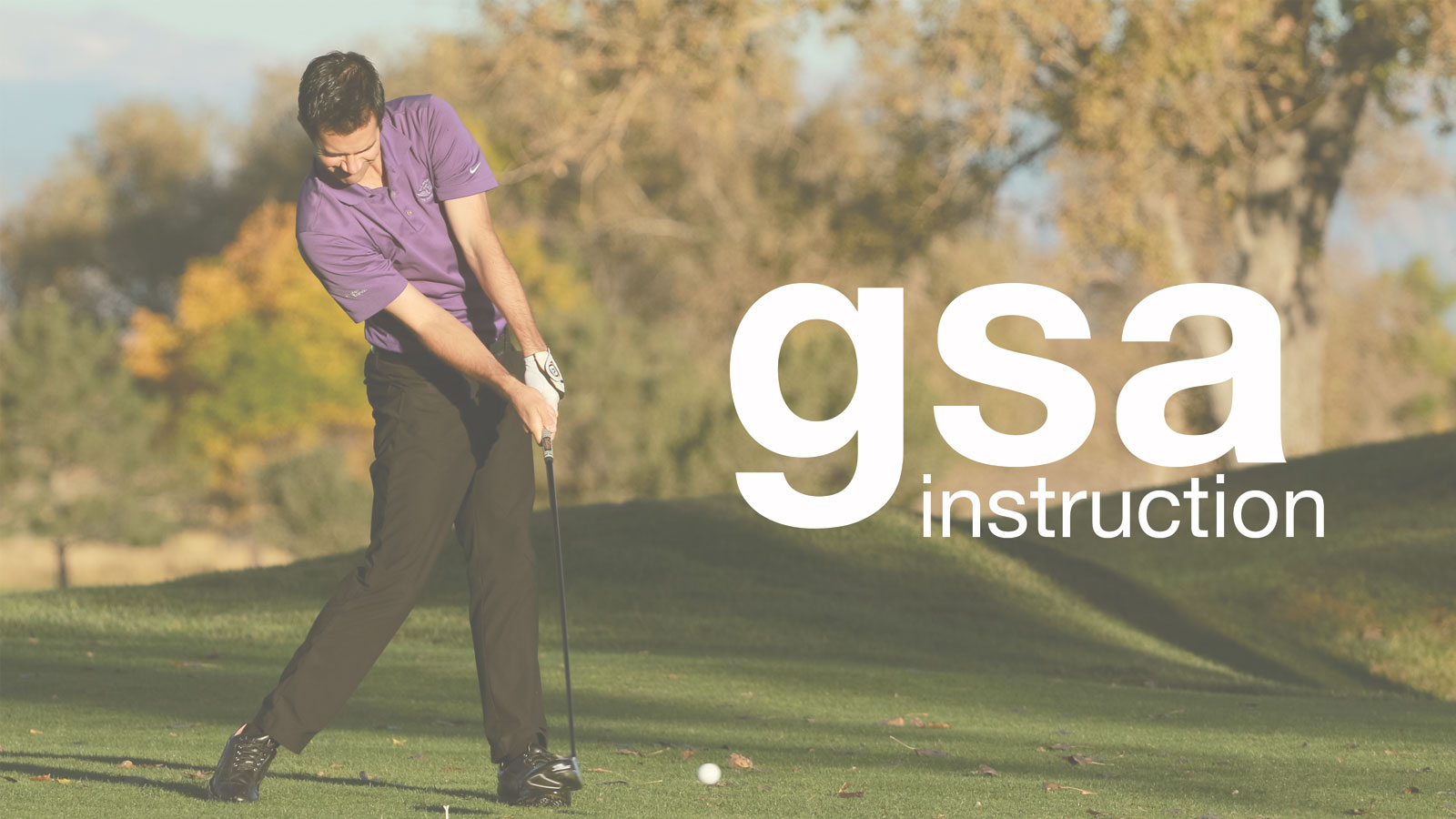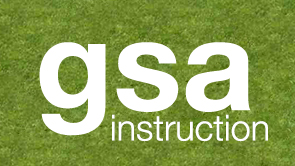Subscribe now to watch the full video.
Teacher:“See that, you took the club under plane, that caused you to come over the top of the plane on the downswing”
Student:“So everyone who takes it under plane in the backswing comes over the top?”
Teacher:“Well, no...but that’s why you do it. Let’s go work on your takeaway!”
No golf swings were harmed in this reenactment, but it’s what I imagine when I think back to the age of video golf analysis. Most of the good instructors that I follow started out this way, and cringe when they think about this. What the modern era of golf instruction has showed us is that the only things that matter are the alignments of the club at impact, and the movements that got it there.
In short, modern golf instruction is built around impact, where the last few decades, golf instruction was built around swing plane.
This was to no fault of the instructors, because with the quality of video and the information available at the time, you couldn’t really see the parts that really mattered. But you could see the backswing, you could see swing plane, and, the most dangerous part of all, is that it “made sense.” But similar to the idea that the main cause of high cholesterol was eating fat, it’s time to get with the times of what really matters. If your golf swing doesn’t include someone like Jim Furyk or that only the gifted athletes on tour can get away with a swing that looks different, then let’s move on.
So, you may be thinking to yourself, if we aren’t going to look at swing plane, then what are we going to look at? Just impact?
Not exactly, but we are going to START a swing analysis at impact and work backwards to find out HOW you’re getting to impact and WHY you might be doing it. With my experience over the last 15 years of teaching and playing golf, I’ve discovered that most swing problems are a result of one of 4 pieces of movement. They are:
- Triggers
- Transitions
- Power Sources
- Control Centers
I will break each one of them down in other articles, but as a summary, here’s what I mean.
A trigger is the start of a program. The two major triggers are how you initiate the swing, and how you start the downswing. Of the two, the trigger to start the downswing DRASTICALLY more important than how you start your swing. And since triggers are hard to change, it’s important to decide if they are worth fixing or worth working around.
A transition is when a direction of movement changes. In my mind, there are four major transitions:
- Transition between takeaway and setting the club
- Transition between setting the club and the downswing
- Transition between starting the downswing and the release
- Transition between the release and breaking or stabilizing the club
Each of these transition points is where golfers typically show their intention and errors. The reason why a transition or a trigger can be off is mostly controlled by two major driving forces in the body. The need for speed and the need for control.
Speed is created from the body by it’s power sources. Some of the major power sources in the golf swing are jumping, twisting, chopping, flicking, wrist tumbling, unhinging. Most golfers only use a handful of these, but either using a power source TOO MUCH or TOO LITTLE will cause the club to get off plane at the wrong time. The backswing, which is largely described as a cause of the downswing, is more likely an indicator of what the brain wants to do on the downswing. This single concept changes the way you swing the club. Instead of the backswing being the problem, the backswing is a symptom of the confusion on the downswing (the real problem)
Control of the club path and club face is created from one of a couple areas. Some of the major movements that control the direction of the club and the alignment of the face are:
- Standing Up
- Creating Spine Tilt
- Flipping the hands
- Rolling the shaft (like a screwdriver)
So that’s it folks! By looking at impact, you can see the signs of an improper trigger, transition, power source, or control center. And then going back through the swing, you can read the story like a whodunit murder novel.We know that the murder happened at impact, but finding out the weapon of murder and the assassin is the real art to golf instruction.
If you liked this article and want to get others like it, sign up for our newsletter here








